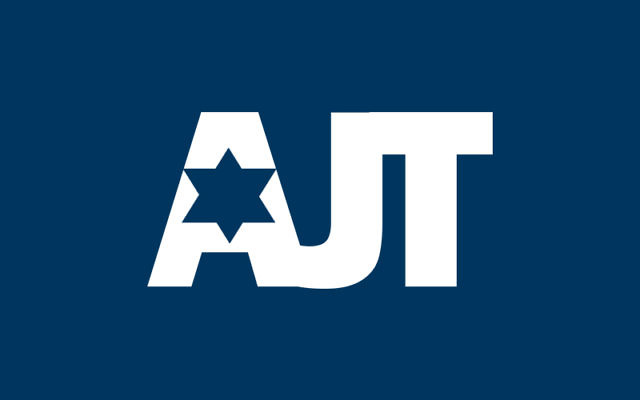Jews, Catholics Explore Religious Connections

50th anniversary of key document is near
By Michael Jacobs | mjacobs@atljewishtimes.com
Dunwoody neighbors Temple Emanu-El and All Saints Catholic Church took what Rabbi Scott Colbert said he hopes was just the first step in an extended interfaith journey May 14 to celebrate the 50th anniversary of Nostra Aetate.
“The journey is a journey that we all are on,” the rabbi said.
Nostra Aetate, a document the Second Vatican Council issued Oct. 28, 1965, addressed the Roman Catholic Church’s relations to other religions. Attacking a nearly 2,000-year divide, it cleared Jews of the charge of deicide in the Roman execution of Jesus and criticized all anti-Semitism.

Leading up to an Atlanta-wide celebration at Georgia Tech’s Ferst Center at the end of October, synagogue-church pairs working with the American Jewish Committee and the Archdiocese of Atlanta are developing their connections and interfaith dialogue.
About 150 Jews and Catholics took the first step at Emanu-El with Rabbi Colbert and Monsignor Hugh Marren as they explored the connections between Judaism and Catholicism.
Noting that Abraham is the Catholic father in faith as well as the first Jewish patriarch, the monsignor said the Catholic liturgy all comes from a Jewish tradition. He noted, for example, the parallel between the Omer, then being counted between Passover and Shavuot, and the Catholic passage from Easter to Pentecost.
He talked about the shared belief in places that are holy because people go to them to meet G-d.
He focused on the line between the secular outside world and the holy place inside, whether it was in the form of a wall at a synagogue or church or a piece of canvas at a tent of meeting. The key for both religions is that separation, which enhances the mystery that is G-d.
That mystery includes darkness and silence, Monsignor Marren explained. A priest entering the Holy of Holies in the Temple would have entered darkness, allowing him to know G-d in contemplation and silence.
“We allow Him to speak to us, to give us that gift, if He so chooses,” the monsignor said.
Just as synagogue sanctuaries face east toward Jerusalem, Catholic churches also used to face east, he said. But the same Second Vatican Council that ended Catholic support for anti-Semitism also overhauled church design. “Churches built in the past 50 years, they’re terrible,” Monsignor Marren said, calling them “glorified social halls.”
Rabbi Colbert walked his Catholic guests through a brief history of Judaism, from the call to Abraham in Genesis 12, through our history of such sibling rivalries as Isaac and Ishmael, to the building and destruction of the Temple twice and the resulting exiles, the development of the Talmud and the use of synagogues as Judaism adapted to not having a place for the ritual sacrifices.
Cantor Lauren Furman Adesnik gave the interfaith congregation a taste of Torah chanting, which Rabbi Colbert noted was the source of Catholic Gregorian chanting.
Questions from the audience brought out further connections between the religions, from a shared belief in the eternity of the soul and a world to come to the internal disagreements that have produced different denominations within Judaism and Christianity.




comments